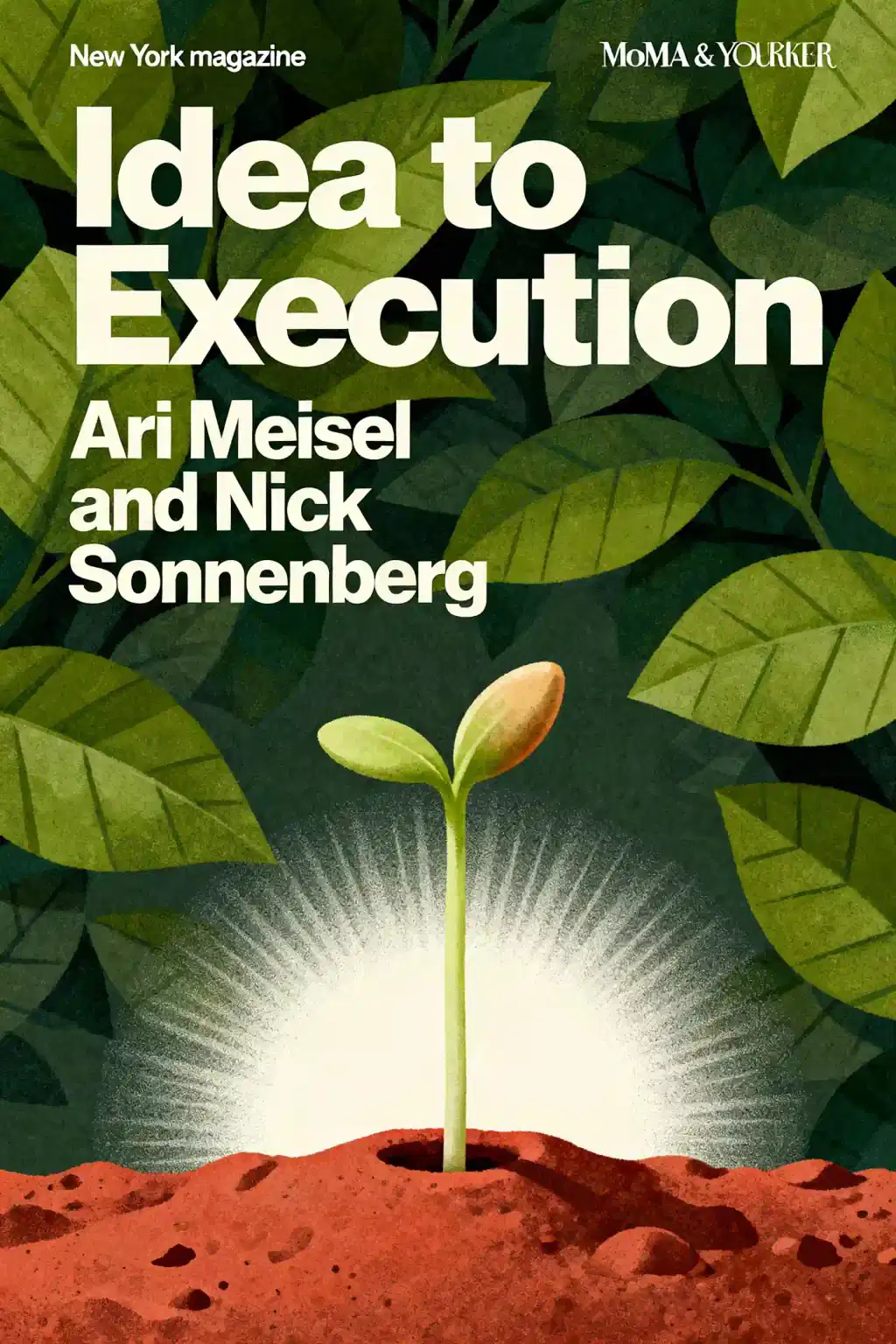
Sprint by Jake,Zeratsky Knapp Summary
Overview of Sprint
Transform ideas into reality in just five days with "Sprint," the revolutionary problem-solving framework tested in 150+ startups. Endorsed by Twitter's Ev Williams and used by Airbnb and Spotify, this bestseller dismantles traditional brainstorming for a process that actually works. Ready to build better products faster?
Similar books to Sprint
Feel the book through the author's voice
Turn knowledge into engaging, example-rich insights
Capture key ideas in a flash for fast learning
Enjoy the book in a fun and engaging way
Key takeaways
From Months to Days: The Magic of the Five-Day Sprint
What if you could compress months of work into a single week? In 2007, Jake Knapp discovered something counterintuitive at Google: the best ideas weren't emerging from brainstorming sessions but from individuals working in focused solitude. This insight, combined with tight deadlines on projects like Gmail Priority Inbox, led to the development of the "Sprint" method - a five-day process that has revolutionized how companies solve problems. The method has become so effective that it's now required reading at Stanford's d.school and Harvard Business School. The beauty of a sprint lies in its ability to eliminate endless debate cycles by creating realistic prototypes that generate reliable customer data. It's like time travel - you get to see how customers react to your "finished" product before making massive resource commitments. From startups to Fortune 500 companies, organizations have used this method to launch products, improve medical care, and even name companies - all in just one workweek.
Monday: Setting Direction and Mapping the Challenge
Tuesday: Developing Solutions Through Individual Sketching
Wednesday: Making Decisions and Creating the Storyboard
Thursday: Building the Prototype Illusion
Friday: Testing with Real Users
From Sprint to Success: Learning and Implementation
Quick Summary Mode - Read or listen to Sprint Summary in 9 Minutes
Break down key ideas from Sprint into bite-sized takeaways to understand how innovative teams create, collaborate, and grow.
Flash Card Mode - Top 8 Insights from Sprint in a Nutshell
Distill Sprint into rapid-fire memory cues that highlight Pixar’s principles of candor, teamwork, and creative resilience.

Fun Mode - Sprint Lessons Told Through 22-Min Stories
Experience Sprint through vivid storytelling that turns Pixar’s innovation lessons into moments you’ll remember and apply.
Personalize Mode - Read or listen to Sprint Summary in 0 Minutes
Ask anything, pick the voice, and co-create insights that truly resonate with you.

From Columbia University alumni built in San Francisco

Get the Sprint summary as a free PDF or EPUB. Print it or read offline anytime.










